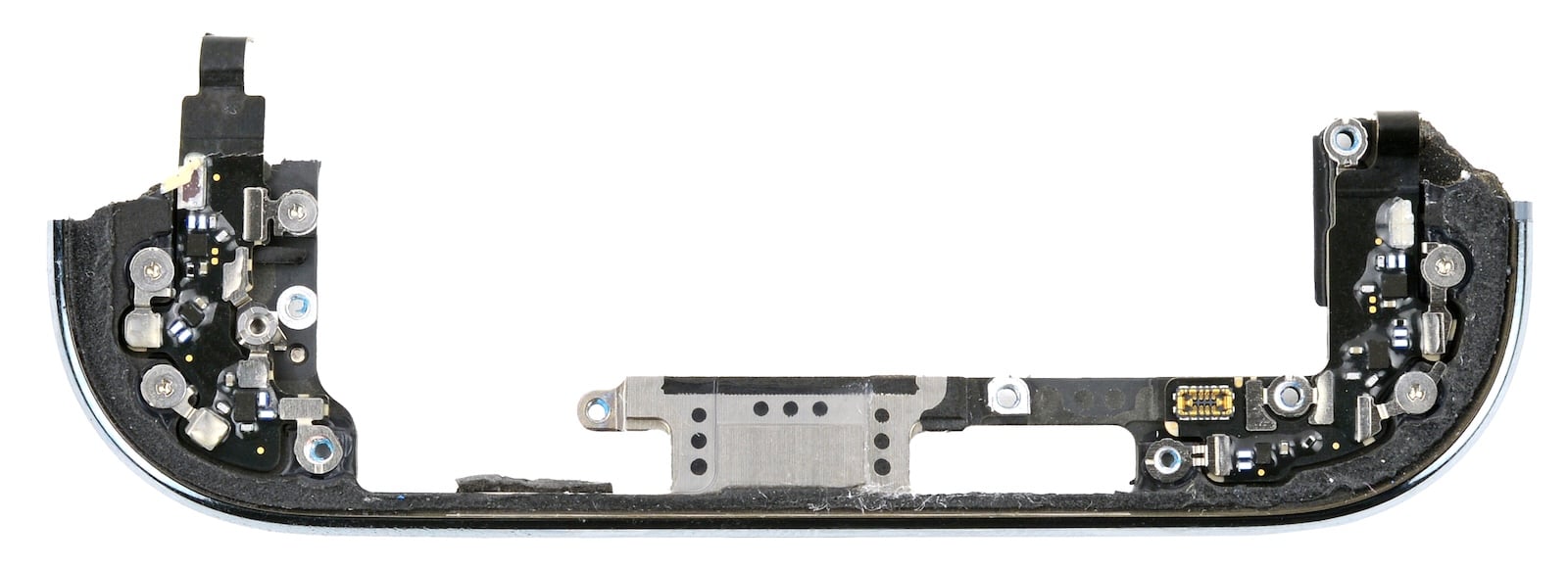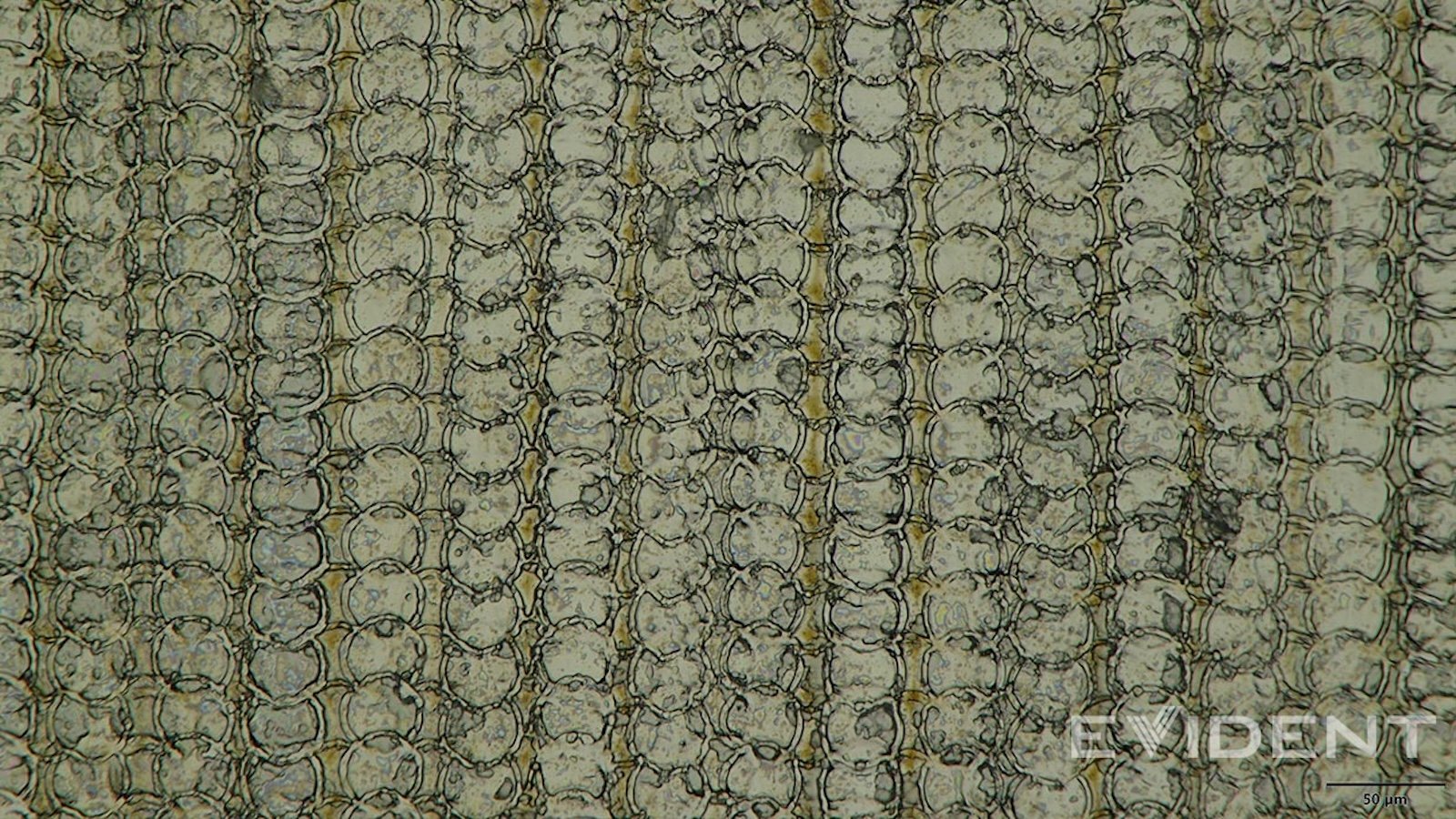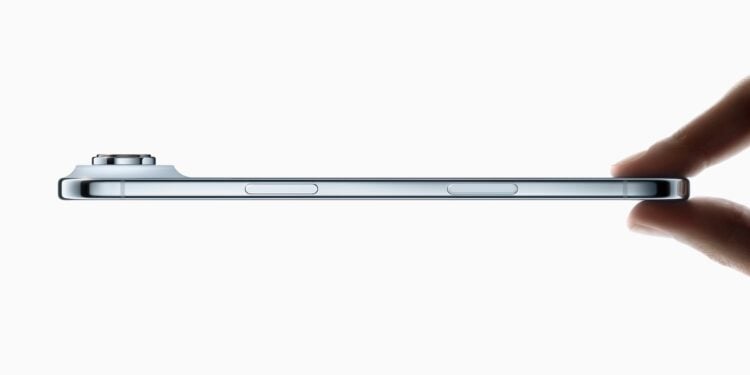The iPhone Air is currently attracting attention because iFixit discovered a detail during its disassembly that raises questions about Apple's new 3D printing approach. The USB-C port, in particular, shows structures that don't align with previous assumptions about the manufacturing process. This puts the iPhone Air in the spotlight when it comes to Apple's increasing use of 3D printing in hardware production.
Apple recently explained in detail how the 3D printing process works for the Apple Watch Series 11 and Ultra 3. Shortly afterward, iFixit examined the iPhone Air and discovered an unexpected pattern on the 3D-printed USB-C port. This pattern contradicts previous reports about the process used. The new findings make it clear that Apple is using a technique originally from medical research that creates very precise structures on titanium. This new approach demonstrates how far Apple has come in the field of material processing.
3D printed USB-C connector with an unusual structure
Upon opening the iPhone Air, iFixit noticed a circular, chain-link-like surface pattern. The structure is only 50 micrometers in size and unusual for typical 3D printing methods. Even experienced specialists were puzzled by it.

Until then, binder jetting was considered the most likely method. In this process, a binder bonds titanium powder into solid shapes. However, the observed pattern does not match binder jetting. Rather, it resembles a method described in a six-year-old medical paper. That paper deals with pulsed laser ablation, which can be used to create structures on titanium measuring 10 to 50 micrometers. In the study, the technique was used to create antibacterial properties on prosthetic surfaces.
The technology used in the iPhone Air does not serve an antibacterial purpose. Nevertheless, the characteristic features are identical, which strongly suggests that Apple is using a form of laser ablation.

Hints from Apple's Watch presentation confirm the assumption.
iFixit subsequently examined Apple's press release regarding the 3D printing of the Apple Watch models. Apple describes machines with six lasers each, which build up approximately 900 layers of titanium for each case. Although Apple doesn't call the process laser ablation, the description supports the iFixit experts' conclusion. The method enables precise material removal without overheating, avoids deformation or discoloration, and reduces energy and material waste.
Titanium in the iPhone Air and the question of repairability
Apple refers to the titanium used in the iPhone Air as aerospace-grade. According to iFixit, this is more of a marketing claim than a concrete technical classification. The titanium used is high-quality, but not a specific, proprietary alloy class.
Despite advanced manufacturing techniques, 3D printing offers no advantage for iPhone Air repairs. The process is not suitable for simply reprinting components. It is an industrial process that would be impossible to replicate at home or in a typical repair shop.
Apple uses extremely precise material processing for the iPhone Air.
iFixit's analysis reveals that the iPhone Air utilizes a significantly more complex 3D printing process than previously thought. The USB-C connector exhibits structures clearly indicative of laser ablation, a technique used in medical technology. Apple is thus employing a precise and efficient method that conserves material and enables high quality. While this technology doesn't improve repairability, it demonstrates how consistently Apple is integrating 3D printing into its own production processes. The iPhone Air therefore represents another step toward industrially optimized titanium manufacturing. (Image: Apple)
- ChatGPT Atlas Update brings new features to macOS
- The EU is putting an end to annoying cookie banners across the entire internet
- Apple presents the finalists of the App Store Awards 2025
- Cloudflare outage explained: How the worldwide problem occurred
- Gemini 3 sets new AI standards & changes Google's products
- WhatsApp is finally testing two accounts on a single iPhone
- Apple releases new firmware for key accessories
- WhatsApp vulnerability remained unprotected for eight years
- How Apple is creating new titanium components using 3D printing
- Apple releases the major podcast charts for 2025
- The iPhone 17 lifts Apple to its strongest level in China in years.
- Apple loses another key designer amidst ongoing changes
- F1 The Movie: How realistic is a sequel really?
- Apple wins long-running dispute over iPhone camera patents
- iOS 26.2 Beta 3: An overview of the most exciting new features
- iOS 26.2 opens iPhones in Japan to alternative assistants
- iPadOS 26.2 significantly improves Slide Over and Split View
- Apple lays the foundation for open assistant switching in iOS 26.2
- iOS 26.2 introduces 30 days of AirDrop access via codes.
- Apple emphasizes the strength of Apple Silicon on its anniversary
- Apple releases iOS 26.2 Beta 3: New testing phase underway
- Tim Cook could change roles instead of leaving Apple entirely.
- Apple expands Sneaky Sasquatch with a new sticker pack
- Tim Cook in focus: Apple tests market reaction to CEO change





